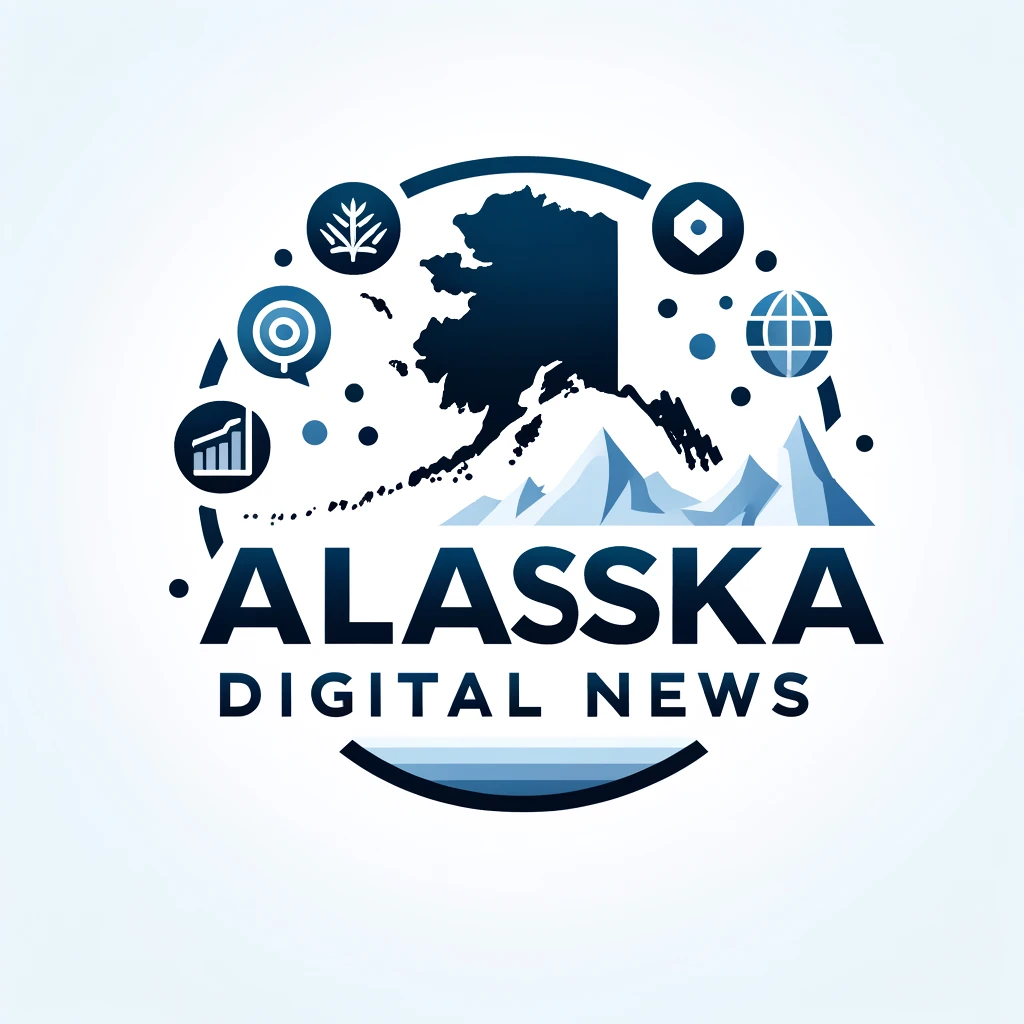Alaska, with its vast wilderness and remote communities, presents unique challenges for trauma survivors seeking support and healing. However, amidst these challenges, there are valuable community resources available to aid in the recovery process. In this article, we will explore the community resources specifically tailored to trauma survivors in Alaska, drawing insights from scholarly research and academic discourse.
Understanding the Trauma Landscape in Alaska
Alaska’s geographic isolation, harsh climate, and high rates of substance abuse, domestic violence, and sexual assault contribute to a complex trauma landscape. According to research in the Journal of Traumatic Stress (Bassett et al., 2014), Alaska has some of the highest rates of trauma exposure and post-traumatic stress disorder (PTSD) in the United States, particularly among Native Alaskan communities.
Scholarly Insights on Community Resources:
A review of literature on Posttraumatic Stress Disorder and Symptoms among American Indians and Alaska Natives (Bassett et al, 2014) in the Journal of Social Psychiatry and Psychiatric Epidemiology provides a comprehensive review of research on posttraumatic stress disorder (PTSD) and PTSD symptoms among American Indian and Alaska Native (AI/AN) populations. The authors conducted a systematic search of relevant databases, including the University of New Mexico Native Health Database, PubMed, and Web of Science, to identify original research articles on this topic.
The review highlights several key findings:
1. Most of the studies (27 out of 37) focused on two geographic areas: the Southwest and the Northern Plains regions of the United States.
2. A significant number of studies (11 out of 37) were based on data from the American Indian Service Utilization, Psychiatric Epidemiology, Risk, and Protective Factors Project (AI-SUPERPFP), a large-scale, culturally tailored study of psychiatric epidemiology in two major tribal groups.
3. Seven articles reported on small and non-representative samples, which may limit the generalizability of their findings.
The authors emphasize the need for larger-scale investigations with more representative samples to better understand the prevalence and impact of PTSD and PTSD symptoms among AI/AN populations. The review provides a comprehensive overview of the existing literature and highlights the importance of culturally tailored research in this area.
Moreover, a study in the Journal of Family Medicine (Probst et al.) examines the differences in the prevalence of depression between rural and urban areas.
1. The prevalence of depression was slightly but significantly higher in rural areas (6.11%) compared to urban areas (5.16%).[1]
2. The higher prevalence of depression in rural areas was associated with certain population characteristics, such as poorer self-reported health, presence of hypertension, limitations in daily activities, and changes in health status over the previous year.[1]
3. The authors suggest that the rural-urban difference in depression prevalence may be due to factors like access to healthcare services, social isolation, and socioeconomic disparities.
The study used data from the Canadian National Population Health Survey, which included a nationally representative sample of over 17,000 individuals aged 12 years and older.
The authors conclude that the slightly higher prevalence of depression in rural areas highlights the need for family physicians and other primary care providers to be aware of this disparity and to screen for depression, especially among rural patients with certain risk factors.
Community Resources for Trauma Survivors in Alaska
1. Crisis Hotlines and Helplines: Organizations such as the Alaska Careline and the Alaska Network on Domestic Violence and Sexual Assault provide 24/7 crisis hotlines and helplines for trauma survivors in need of immediate support, safety planning, and resources.
2. Counseling and Therapy Services: Mental health clinics, community health centers, and tribal health organizations offer counseling and therapy services for trauma survivors, including individual therapy, group therapy, and trauma-focused interventions such as Eye Movement Desensitization and Reprocessing (EMDR) therapy.
3. Advocacy and Support Services: Advocacy organizations such as the Alaska Native Women’s Resource Center and the Alaska Native Tribal Health Consortium offer advocacy and support services for trauma survivors, including legal advocacy, case management, and assistance navigating the criminal justice system.
-
Office for Victims of Crime has extensive resources for a variety of surivors ranging from VOCA Administrators and AI/AN Victim Services to Terrorism and Mass Violence support. Their website is https://ovc.ojp.gov.
-
Abused Women’s Aid in Crisis provides resources such as case management, housing, emergency shelter, mental health care, and alaska legal services. They also provide classes that cover a variety of topics such as positive parenting, emotion management, support for male survivors, reproductive health, protective orders, etc. Website: https://awaic.org/getting-help/get-back-on-your-feet/education-support-groups/. Phone number/support line: 907-272-0100.
-
Alaska Department of Safety has a list of statewide resources that can be found at https://dps.alaska.gov/cdvsa/services/victimservices. Most of the resources on their page provide emergency shelter, and all provide safety planning and community-based advocacy to victims of domestic violence and of sexual assault. A person does not need to be a shelter resident in order to receive these services.
-
Providence Hospital has a Trauma Survivors Network specializing in traumatic injuries where support and rehabilitation are provided. Their resources can be found at their website: https://www.traumasurvivorsnetwork.org/pages/our-programs. National Administrator can be reached at TSN National Administrators/o American Trauma Society 201 Park Washington Court Falls Church, VA 22046.
Toll Free: 800-556-7890.
E-mail: admin@traumasurvivorsnetwork.org.
-
Covenant House provides a range of services for survivors such as housing, emergency shelters, education and employment assistance and training, Covery Lofts and Covey Academy, Youth Enrichment programs, Pastoral Ministry, and Youth Homelessness Demonstration Projects. Website: https://covenanthouseak.org. Phone: 907-272-1255. Location: 755 A St, Anchorage, AK 99501.
4. Telehealth and Telemedicine: Telehealth platforms such as the Alaska Telehealth Network and the Alaska Native Tribal Health Consortium offer telemedicine services for trauma survivors in rural and remote areas, providing access to mental health professionals, medical providers, and support groups via video conferencing and virtual consultations.
Community resources play a crucial role in supporting and empowering trauma survivors in Alaska on their journey toward healing and recovery. By providing crisis hotlines, counseling and therapy services, advocacy and support, and telehealth options, these resources offer hope, healing, and connection to survivors in need. As advocates for trauma survivors, may we continue to invest in and support community-based interventions that promote healing, resilience, and well-being for all.
Bassett, D., Buchwald, D., & Manson, S. (2014). Posttraumatic stress disorder and symptoms among American Indians and Alaska Natives: a review of the literature. Social psychiatry and psychiatric epidemiology, 49(3), 417–433. https://doi.org/10.1007/s00127-013-0759-y
New Living Translation Bible. (1973-2011). Biblica, Inc.
Probst, J. C., Laditka, S. B., Moore, C. G., Harun, N., Powell, M. P., & Baxley, E. G. (2006). Rural-urban differences in depression prevalence: implications for family medicine. Family medicine, 38(9), 653–660.





